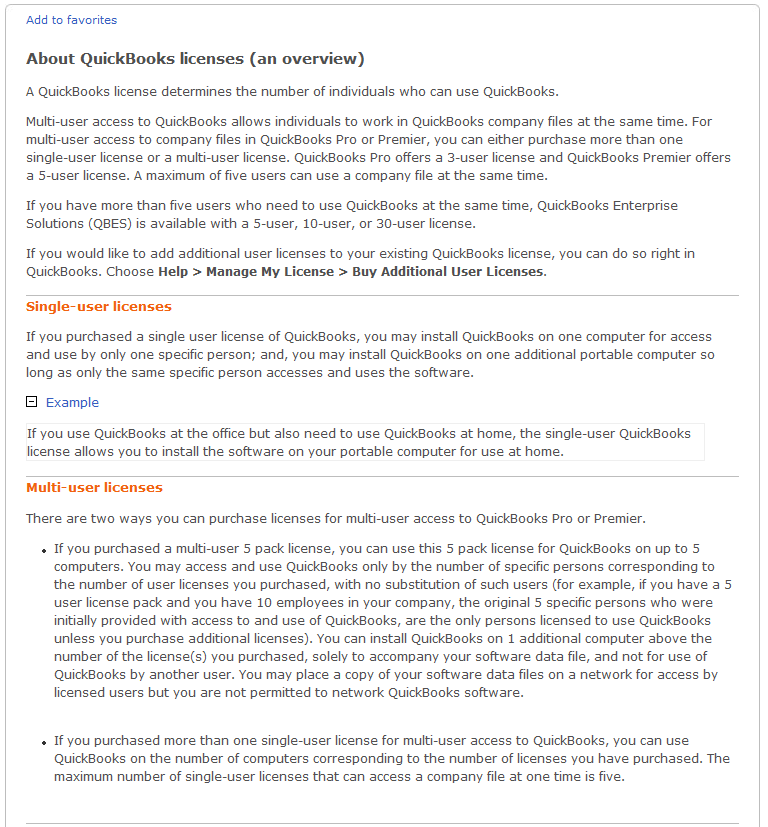 Jim Ditmore recently published an excellent article over at Information Week titled "Hard Truths About Cloud Differences" where he clearly articulates the necessity for medium to large sized company business people to understand the differences in cloud computing approaches and pitfalls.
Jim Ditmore recently published an excellent article over at Information Week titled "Hard Truths About Cloud Differences" where he clearly articulates the necessity for medium to large sized company business people to understand the differences in cloud computing approaches and pitfalls.
Try as I might, I find it very difficult to articulate business need in the language of cloud computing folks. So, I tend to look at the most cost effective solution to achieve an end. Fortunately, cloud computing resources fit my requirements nicely, facilitating me to speak in terms of growth and performance.
For you to achieve a robust and scalable business, partner with competent highly skilled people that get the details and understand the pitfalls. Jim Ditmore does a great job spelling out the pitfalls of cloud computing in his article.
Be very cautious if it’s a core business functionality. You could be locking away your differentiation and ultimate competitiveness.
Before you sign the contract, know how you will get your data back should you stop using the SaaS application.
Make sure you have ensured the integrity and security of your data in the application vendor’s hands.
Understand where the product is in its lifecycle (older products might not provide lasting benefits).
Anticipate the eventual migration path as the product fades at the end of its cycle
From a technical perspective, details make or break any IT environment, especially when utilizing cloud resources. Something as simple as when to have physical assets inside a business facility correctly mated with cloud resources can severely impact any business.
Wrapping my head around the details pays big dividends, as my business runs using cloud resources, freeing me to operate more effectively.
I’m forever amazed at how far we’ve come in twenty years. I would have never imagined doing business the way I do business today. Utilizing cloud resources results in increased customer service, a high level of customer satisfaction and much improved operations manageability.
In spite of difficult deployment and integration, cloud resources offer profound advantages;
Reduced Cost: Cloud technology is paid incrementally, saving organizations money.
Increased Storage: Organizations can store more data than on private computer systems.
Highly Automated: No longer do IT personnel need to worry about keeping software up to date.
Flexibility: Cloud computing offers much more flexibility than past computing methods.
More Mobility: Employees can access information wherever they are, rather than having to remain at their desks.
Allows IT to Shift Focus: Organizations no longer have to worry about constant server updates and other computing issues; they are free to concentrate on innovation.
If computing performance and business growth interest you, lets continue the conversation.
on Amazon.




